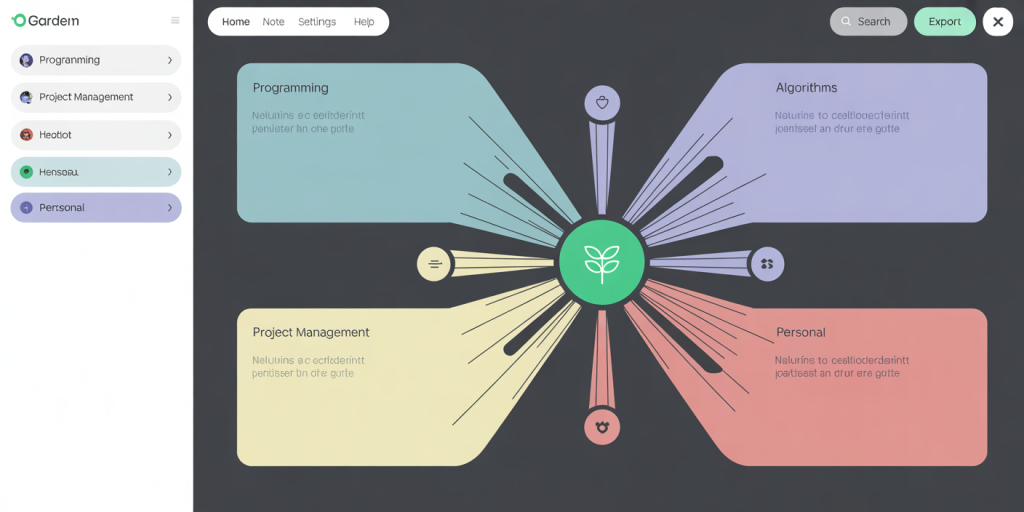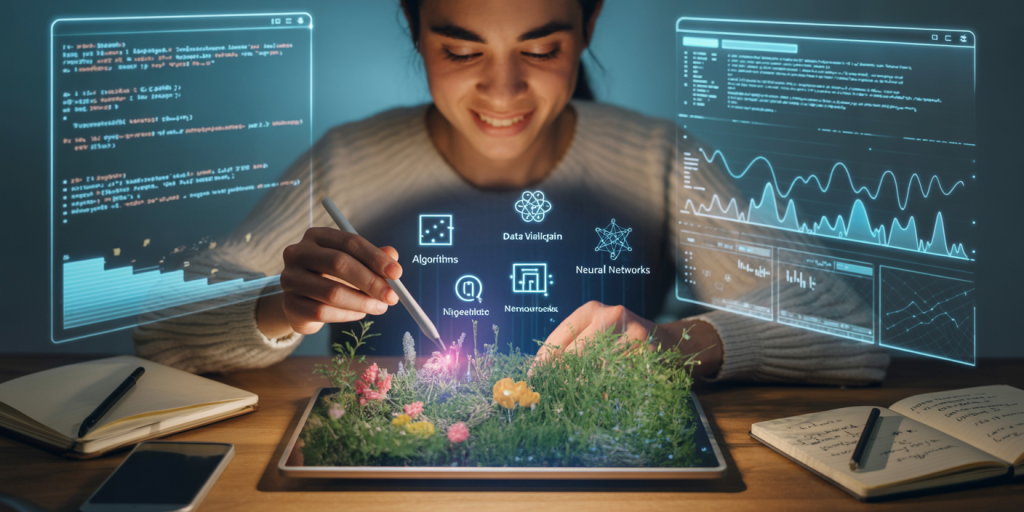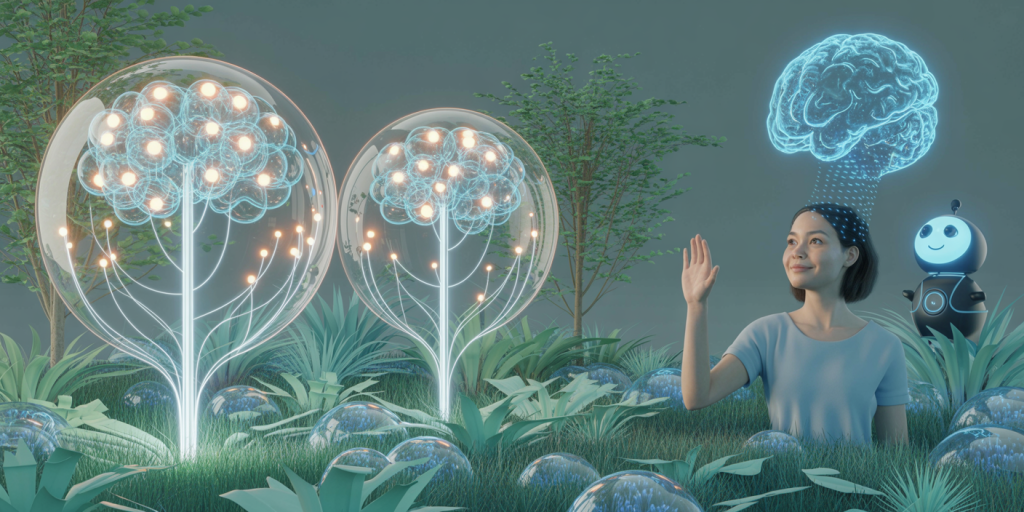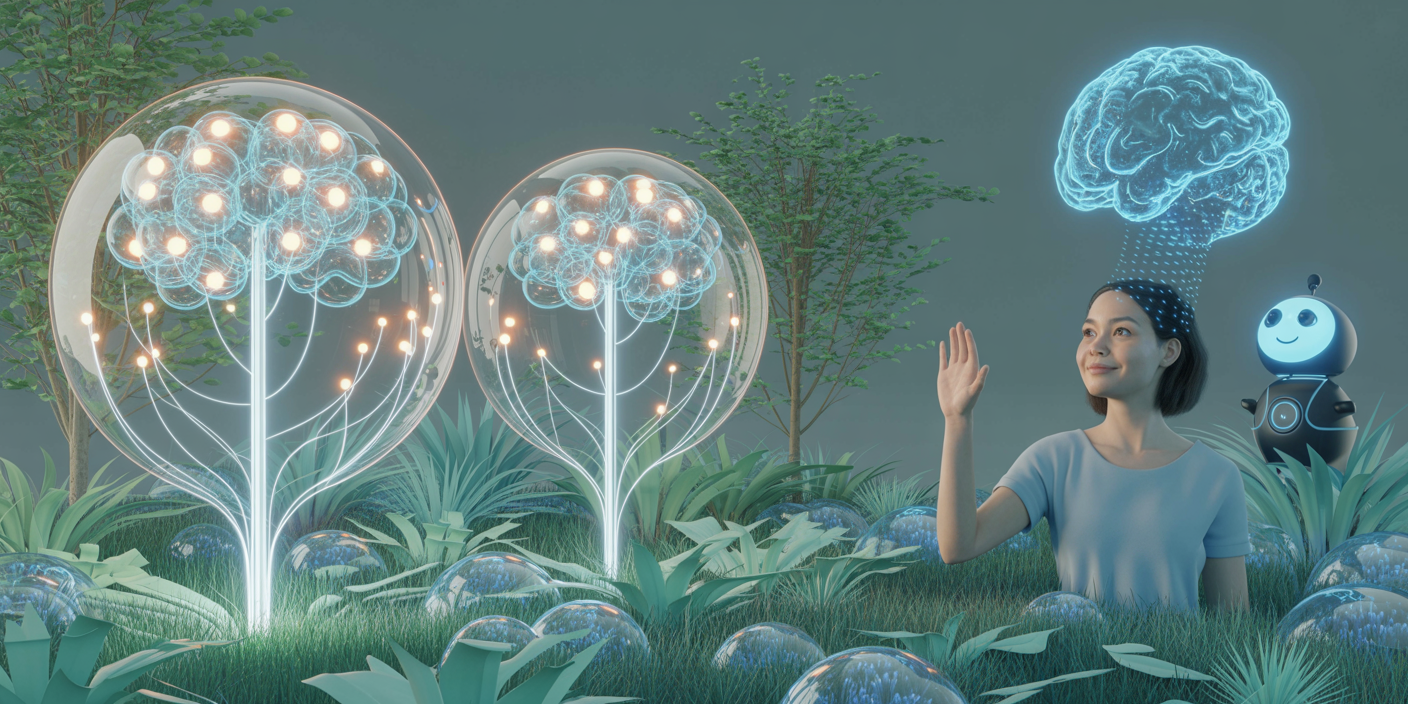How to Build a Digital Garden for Lifelong Learning
In the age of rapid technological advancement and information overload, traditional learning methods increasingly prove insufficient to meet the demands of continuous personal and professional growth. The concept of a digital garden—a curated, evolving collection of knowledge cultivated over time—has emerged as an innovative solution for lifelong learners. Unlike static content repositories, digital gardens grow organically, allowing ideas to develop, interconnect, and adapt. This method fosters deeper understanding and retention, making it an ideal approach for those committed to ongoing education.
Digital gardens are not merely a rebranded form of note-taking or blogging; they represent a dynamic and interactive knowledge ecosystem. By regularly updating, linking, and reflecting on content, learners create a personalized resource that continuously feeds their intellectual curiosity and skill development. This article explores how to build an effective digital garden tailored for lifelong learning, highlighting practical strategies, real-world examples, and future implications.
Understanding the Digital Garden Concept
The term “digital garden” was popularized by software developer Andy Matuschak, who emphasized the difference between a digital garden and a traditional blog or wiki. While blogs typically feature chronological updates and wikis present collaboratively edited information, digital gardens are more fluid, focusing on evolving ideas rather than finalized outputs. They thrive on incremental growth and interconnected notes, creating a nonlinear pathway for knowledge exploration.
Digital gardens function like personal knowledge bases but emphasize the linkage of concepts and the iterative refinement of ideas. Scholar Tiago Forte’s “Building a Second Brain” methodology parallels this, advocating for a systematic approach to managing digital information effectively. Digital gardens integrate these principles, offering learners an environment to nurture their understanding actively, rather than passively consuming information.
Planning Your Digital Garden: Tools and Structure
Before planting your digital garden, selecting appropriate tools is critical. Popular platforms include Notion, Obsidian, Roam Research, and TiddlyWiki, each with distinctive features that cater to different learning styles. For example, Obsidian allows bidirectional linking of notes, enabling a web-like network of concepts, while Notion provides highly customizable databases and collaboration features. Selecting the right platform depends on the learner’s priorities—be it simplicity, connectivity, or multimedia integration.
A well-structured digital garden starts with a clear organizational framework. This includes creating thematic categories aligned with your learning goals and establishing tagging conventions for easy retrieval. For instance, if your digital garden focuses on software development, categories might include programming languages, algorithms, developer tools, and project management. Tagging notes like #python, #data-structures, or #agile-methodologies creates a semantic network that boosts discoverability. Creating index pages and visual maps can further enhance navigation within your garden.

A vibrant digital garden interface showing interconnected notes and bidirectional links, with thematic categories like programming, algorithms, and project management visually organized in a nonlinear, web-like structure.
| Tool | Key Features | Best For | Learning Style |
|---|---|---|---|
| Notion | Customizable databases, multimedia | Collaborative projects, visual learners | Structured workflows |
| Obsidian | Bidirectional linking, offline access | Knowledge network, idea exploration | Connective & nonlinear |
| Roam Research | Daily notes, graph overview | Research, writing, and thought linking | Iterative and organic |
| TiddlyWiki | Self-hosted, highly customizable | Tech-savvy users, privacy-focused | Modular and flexible |
Cultivating Content: Strategies for Growth and Refinement
Growth in a digital garden mirrors real gardening: it requires consistent attention, adaptability, and pruning. Start with small knowledge “seedlings” by jotting down insights, questions, or summaries from your readings or experiences. Rather than aiming for perfection, focus on capturing ideas in their raw form. Over time, these notes can be expanded, connected, and refined to reflect deeper understanding.
Consistency is paramount. Setting periodic review routines—weekly or monthly—helps identify outdated or irrelevant information and allows for the incorporation of new insights. For example, Jane Doe, a software engineer and lifelong learner, maintains weekly “reflection sessions” where she revisits her notes, merges related concepts, and updates technical details based on the latest industry trends. This practice not only keeps her digital garden current but also cements learning by revisiting material actively.
Linking notes through “backlinks” and references enhances cognitive associations, boosting memory retention. For instance, if you have a note on “Machine Learning Basics,” link it to related notes like “Neural Networks,” “Data Preprocessing,” and “Model Evaluation.” This interconnected web facilitates serendipitous discoveries and a more holistic understanding.
Integrating Multimedia and Practical Applications
Digital gardens are not confined to text. Incorporating multimedia elements such as images, videos, diagrams, and code snippets enriches content and appeals to various learning preferences. A study by the University of Colorado demonstrated that learners retain 65% more information when content is presented across multiple modalities, rather than text alone (Mayer, 2020).
For practical application, including project-based notes or portfolios helps translate theoretical knowledge into actionable skills. For example, a digital garden focused on digital marketing might contain case studies, campaign analysis, A/B testing results, and client project retrospectives. Embed screenshots or links to live projects to reinforce real-world connections.
Online educator and knowledge curator Nat Eliason exemplifies integrating multimedia effectively by embedding podcasts, YouTube videos, and interactive code blocks within his digital garden. This multimodal approach caters to diverse ways of processing information, improving engagement and comprehension.

A person tending a digital garden on a laptop surrounded by multimedia elements—images, videos, code snippets, and diagrams—illustrating the cultivation and ongoing refinement of knowledge through diverse content formats.
Leveraging Community and Collaboration
While digital gardens are inherently personal, integrating social elements can significantly amplify learning outcomes. Platforms like Notion and Roam Research foster user communities where learners share templates, workflows, and insights. Collaborating on shared digital gardens encourages peer feedback, accountability, and collective intelligence.
Real-world cases affirm the value of community in sustaining lifelong learning. The “Polar Notebook” community on Twitter exemplifies this by exchanging tips on knowledge management and showcasing evolving digital gardens. Similarly, open-source digital gardens on platforms like GitHub invite contributions, turning solitary gardens into communal ecosystems.
Engaging in online forums, study groups, or webinars related to your digital garden themes can introduce fresh perspectives and challenge assumptions, driving deeper learning. Balancing personal curation with collaborative inputs creates a more vibrant and resilient knowledge repository.
Future Perspectives: The Evolution of Digital Gardens
The future of digital gardens aligns closely with advancements in artificial intelligence, knowledge management, and immersive technologies. AI-powered tools are beginning to assist learners by suggesting relevant content, summarizing notes, and even generating personalized learning paths within digital gardens. For instance, emerging plugins for Obsidian incorporate natural language processing to identify gaps in understanding and recommend resources proactively.
Moreover, the integration of augmented reality (AR) and virtual reality (VR) environments promises to transform digital gardens into immersive learning landscapes. Imagine navigating your knowledge base through a 3D mind map where ideas are spatially organized, making learning both engaging and intuitive. Early prototypes like “SpatialChat” hint at these possibilities, though widespread adoption awaits further technological maturit

A futuristic 3D immersive learning environment featuring augmented reality mind maps and AI assistants helping to navigate and personalize a digital garden, symbolizing the evolution of lifelong learning technologies.
Institutional adoption is also on the horizon. Educational institutions may leverage digital gardens to personalize curricula, enabling students to co-create knowledge ecosystems rather than passively receive content. This shift supports the growing emphasis on competency-based education and lifelong learning frameworks promoted by organizations like UNESCO and OECD.
In summary, digital gardens represent a paradigm shift toward personalized, interactive, and evolving knowledge cultivation. By embracing this innovative approach, lifelong learners can build robust intellectual ecosystems that adapt to changing interests and goals, preparing them for continuous growth in an ever-complex world.
